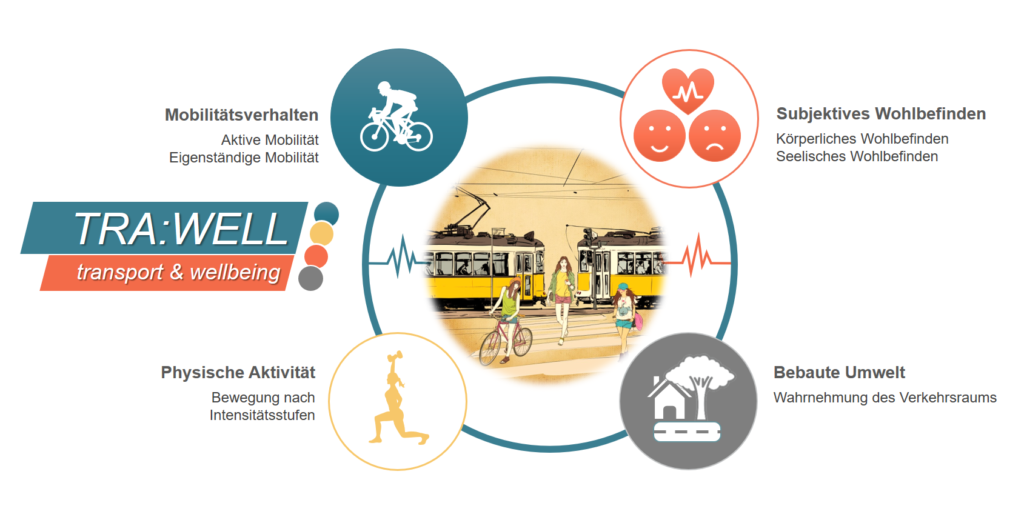How are active & independent mobility related to the well-being of 11-14 year olds?
TRA:WELL examines overall physical activity behavior and shows how active forms of mobility can contribute to meeting physical activity recommendations. Follow our news here or on social media as it continues.


